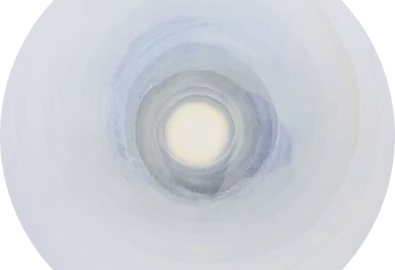Integrative Adaptive Therapy integrates and is informed by many therapies, orientations, and modalities
Below you can read a little more about the therapies that are central to my practice, including my own, Adaptive Somatic Integration, which is a synthesis of Coherence Therapy and Focusing-oriented Therapy.
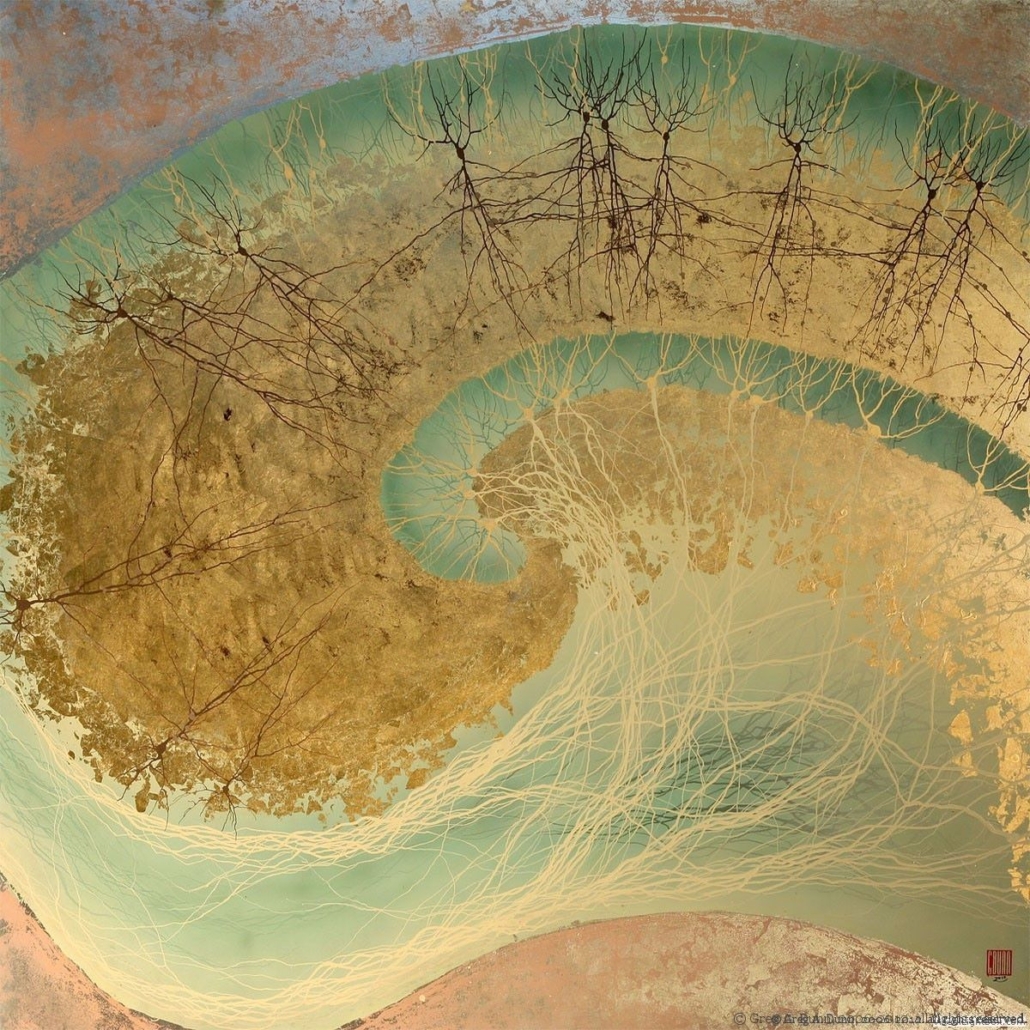
Coherence Therapy
Some responses which were useful to our ancestors (or which are ‘useful’ to a psychically archaic schema or construct from our past), no longer serve us and/or are maladaptive. But with the powerful tools of coherence therapy (based on the science of memory reconsolidation), we can unlock and unlearn cognitions that get in the way of a happy and fulfilling life — updating neural pathways with adaptive, healthy thought patterns.
For more information about Bruce Ecker’s coherence therapy and how it uses neuroscience to heal, see Coherence Therapy.

Focusing-oriented Therapy
Half a century ago, philosopher and psychologist Eugene Gendlin pioneered Focusing both as a technique and as a psychotherapy. He coined the phrase “felt sense” which is an unconscious, pre-verbal, bodily awareness (not a feeling, sensation, or emotion) that once brought into focus and awareness can carry the client forward toward healing. In focusing-oriented therapy, I am in contact with my own “felt sense” while helping my client to become aware of his, her, their own felt sense.
For more information about Focusing, see the International Focusing Institute.

Adaptive Somatic Integration
With ASI (my synthesis of FOT and CT), once my client and I have identified a schema or core belief that is maladaptive and no longer serving them, we harness the body’s wisdom by accessing sensations and the felt sense. Through a restructuring process (which is part art and part science) we are able to update the old implicit knowings with new adaptive ones. We create new neural pathways by providing a juxtaposition of conflicting beliefs focused on the felt sense, which facilitates memory reconsolidation and creates lasting change.
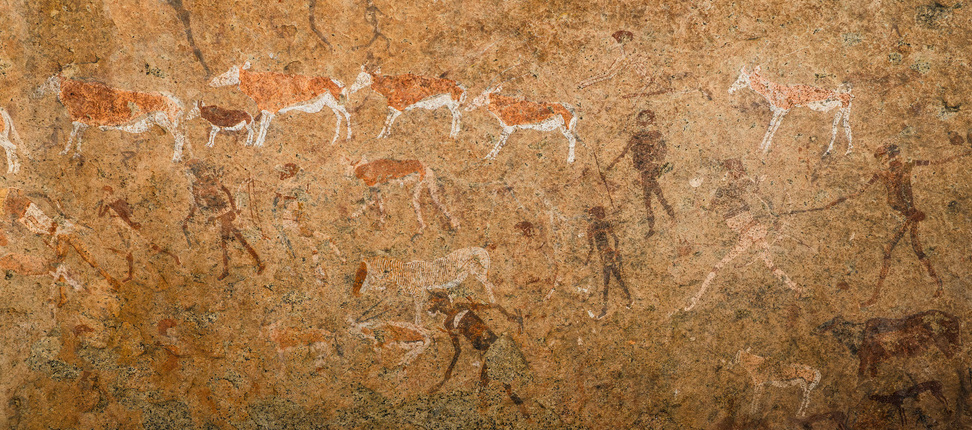
Evolutionary Psychiatry
“Mental health results from the fulfillment of archetypal goals.”
—John Price and Anthony Stevens
My practice is informed by the evolutionary sciences — and in particular evolutionary psychiatry. Having been in the evolutionary psychological field for almost two decades and despite my criticisms of the field, the insights the evolutionary model provides about the fundamental, universal themes in our lives: survival, alliances and group living, mating and reproduction, caregiving, and so on, are valuable and foundational. The human mind evolved in the natural world, shaped by natural selection over thousands of generations. Instincts and innate preferences, cognitive biases, fears, and other emotions evolved because ancestors who developed specific dispositions/cognitive algorithms for the challenges of that early environment, survived and reproduced (better than those that didn’t). When threats, obstacles, or opportunities to adaptive goals are felt/sensed, (especially primary adaptive goals such as survival, mating, alliances, and caregiving) emotions help to regulate and direct action and behavior. A potential threat to the loss of anything that makes up these core goals will elicit an adaptive emotional response that helps to preserve what is needed. I honor my clients’ symptoms, as they are often significant messengers of core needs.
Another evolutionarily-relevant view I hold and am informed by centers around our mammalian caregiving and attachment systems. I may pay close attention to the bonds my clients formed in their family of origin and the relationships that they’ve formed as adults, as these may offer paths to healing (via what is known as “corrective emotional experiences”).
The storytelling species
The story is a human adaptation. For thousands of generations, humans have been telling stories for survival, courtship, social cohesion and coordination, and more. The narrative format is so deeply embedded in our DNA, in neural networks and pathways that it is a core feature of our psyches. For a healthy mind-body, we need to have a positive, coherent self-story. This may involve integrating and updating new information.
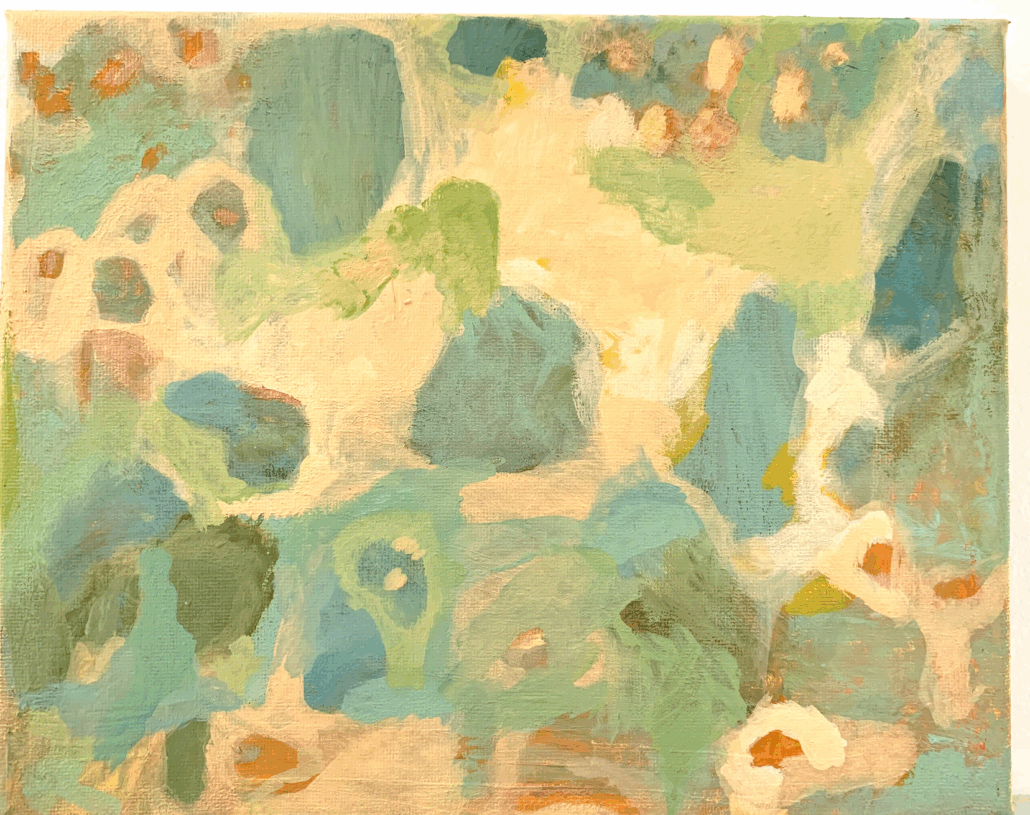
Parts-work
Based on the work of Richard Schwartz (Internal Family Systems (IFS)), as well as other somatic practitioners (Sue Martin, Albert Wong), “parts-work” involves having the client connect with — to use Bonnie Badenoch’s phrase — their “inner community.” For many of my clients, this will entail working with the ‘inner-child” or “child-parts.” I may have my client travel to the past, or bring the child-part to the present. Or the experience can be embodied — and the child-part can be located and felt in the heart. As well, we may combine Focusing with IFS work: accessing protector parts and core hurt-parts in the body.
In some sense (and in my view), parts-work is the reification of any of the following: core beliefs; emotional truths; neural pathways; old learnings; constructs; schemas; limbic areas; implicit memories; implicit knowings; mental models; complexes.
Ultimately, the client connects with and nurtures a part that is wounded or stuck in some way. Once the nurturing and connection is integrated (learning is updated, new neural pathways are formed) transformational healing often follows.
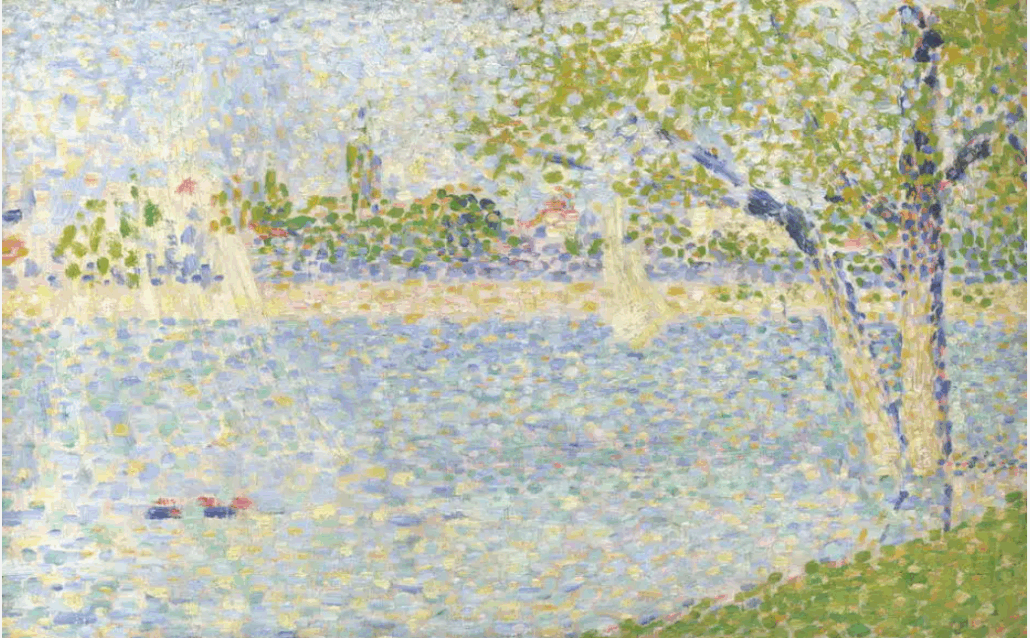
Hakomi
Hakomi Mindfulness-Centered Somatic Psychotherapy is similar to Coherence Therapy in that it attempts to overwrite maladaptive core beliefs (change them); Hakomi does this by first making the core beliefs conscious through mindfulness techniques.
For more information, see Hakomi Institute.
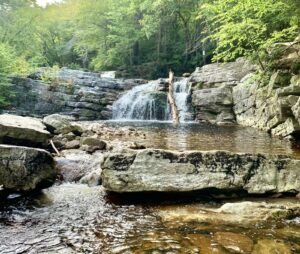
Ecotherapy
Our affinity for the natural world is no accident. We evolved in it and we are of it; we are biophilic social primates. The ecopsychological aspect of my practice is multifaceted. When possible and mutually desired, sessions can be held in nature. (My office is located on 8 acres with a stream, creek, and woods; Lake Minnewaska is five minutes away.)
Not only is a natural environment healing in and of itself, but such a setting can lend a deep support and container for the session. Additionally, nature can sometimes provide insights into the unconscious or offer clients an aha moment, both of which are expeditious paths toward healing. I do walking/jogging sessions when appropriate. See https://www.runwalktalk.com to learn about the benefits of such.
“It has been said that in this life we have two “walks.” The first is our survival walk. Our survival walk consists of all the ways we keep our bodies going, put a roof over our heads, or find some worldly success. Our sacred walk, by contrast, is animated by a deeper yearning. This walk operates on a soul level; it is the walk that feels authentic, real, worthy, true, deep. It takes courage and heart to walk this path, especially in these disoriented times. In many ways, our culture does not want us to have a sacred walk. It would rather distract us in a thousand directions and keep us from knowing our deep selves and the depths of the world.
Supporting people in taking their sacred walk [via ecotherapy] is thus a radical activity. It teaches us to listen not to the voice of the billboard, nor just to the voices (often well-meaning) of family and friends, but rather to the voice of nature, to the voice of spirit. It brings us symbols, images, experiences, and visionary encounters that bring focus to our existence, helping us to choose carefully where we put our energies….and to commit to the life that is really ours.” – Andy Fisher
Other therapies
My approach is also aligned with Compassion-Focused Therapy (CFT), Interpersonal Neurobiology (IPNB); the Neuroaffective Relational Model (NARM), Felt Sense Polyvagal Model; Emotionally Focused Individual Therapy (EFIT), Expressive Arts Therapy, and other models and therapies.
In addition, I draw from my background in Philosophy.

The logo for IAT was adapted (with permission) from Rob Evans’s Aperture 1. Rob writes:
“In my work I try to entertain a dialogue between science and art. I have developed over the years a need to paint images that require the viewer to ask the questions… What is it? How was it made? Images from nature such as ice formations, microbiology, geology and topography are often starting points for my paintings. However, I am not interested in merely copying these images but emulating their structures. I want the viewer to see these influences within the painting, but also for the painting to hold something more…its own ‘spirit’.”
For more, see: https://www.saatchiart.com/robertevans and Rob’s Instagram.
